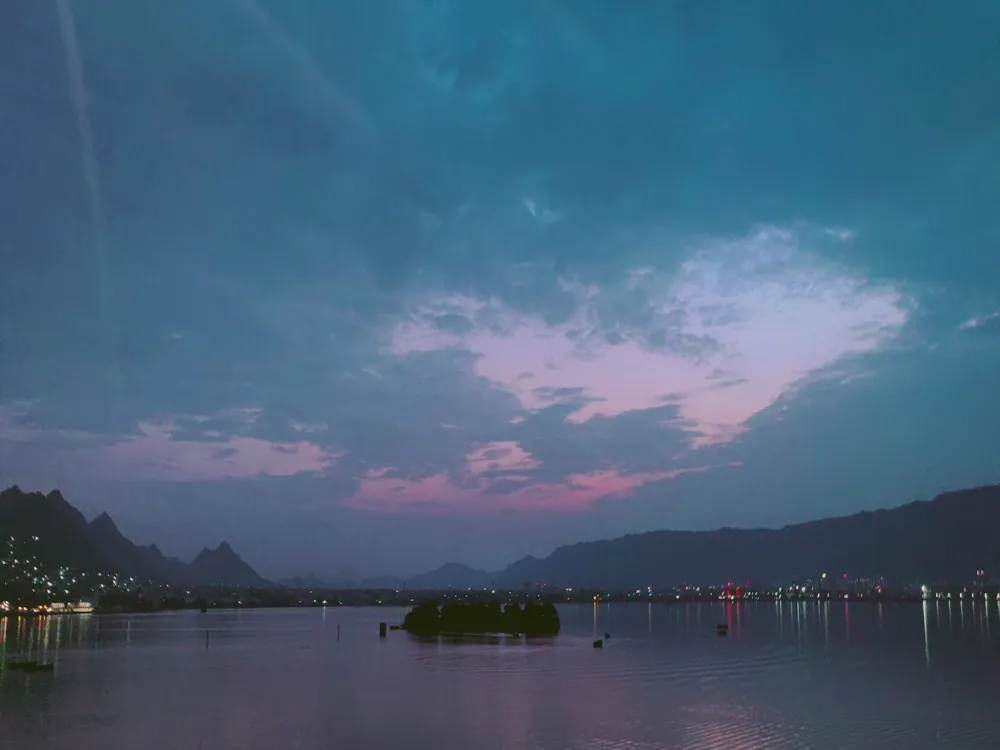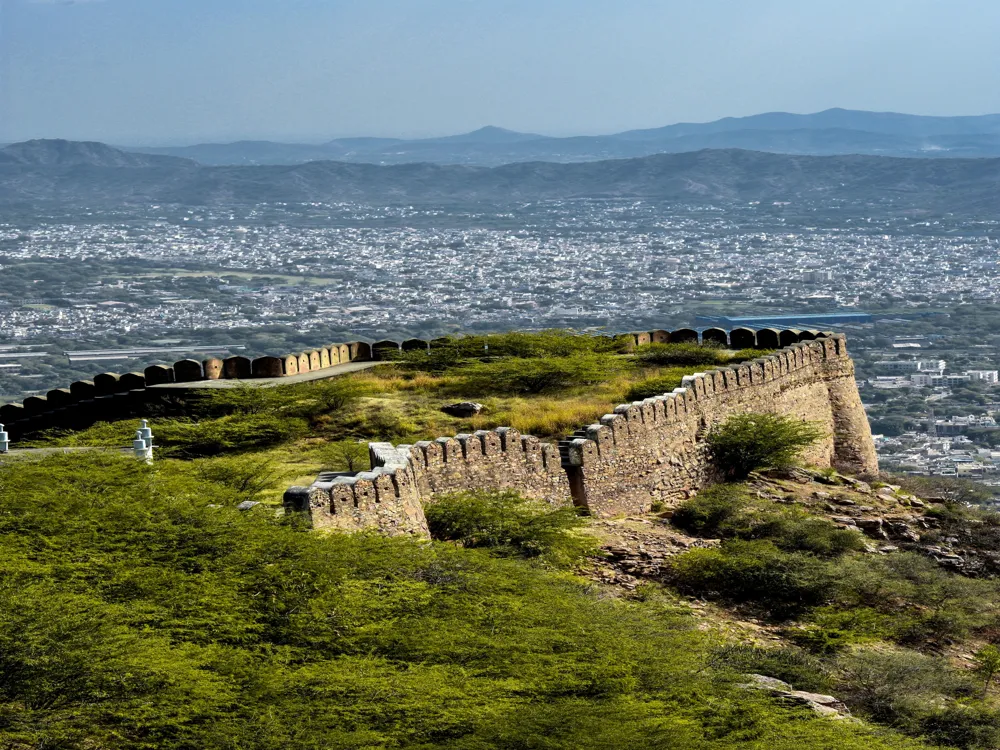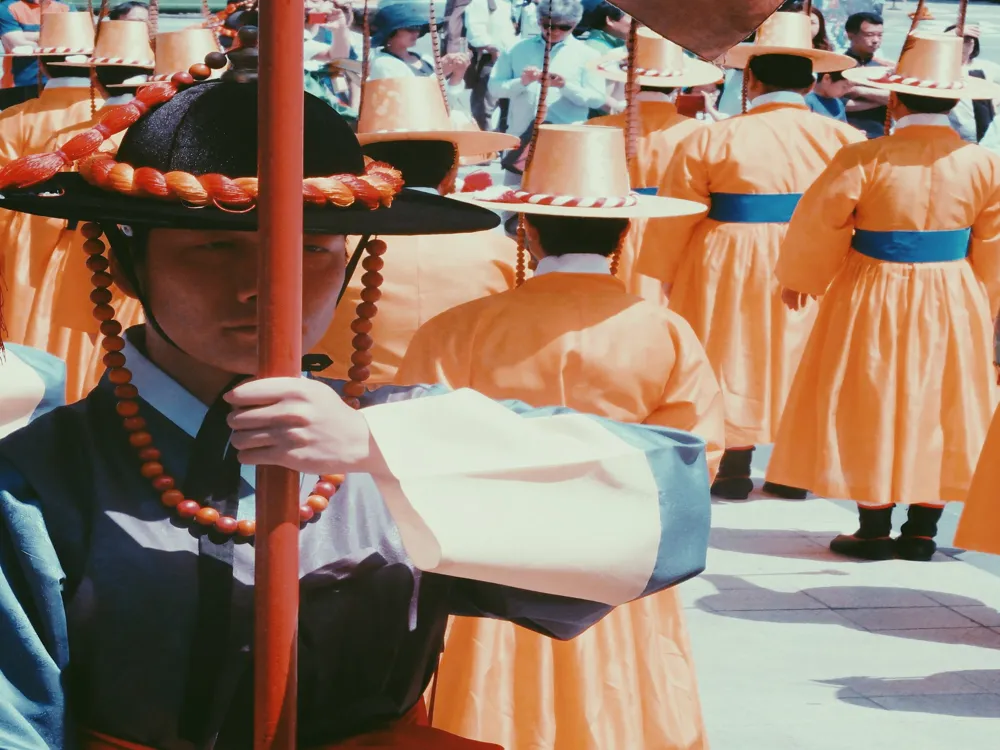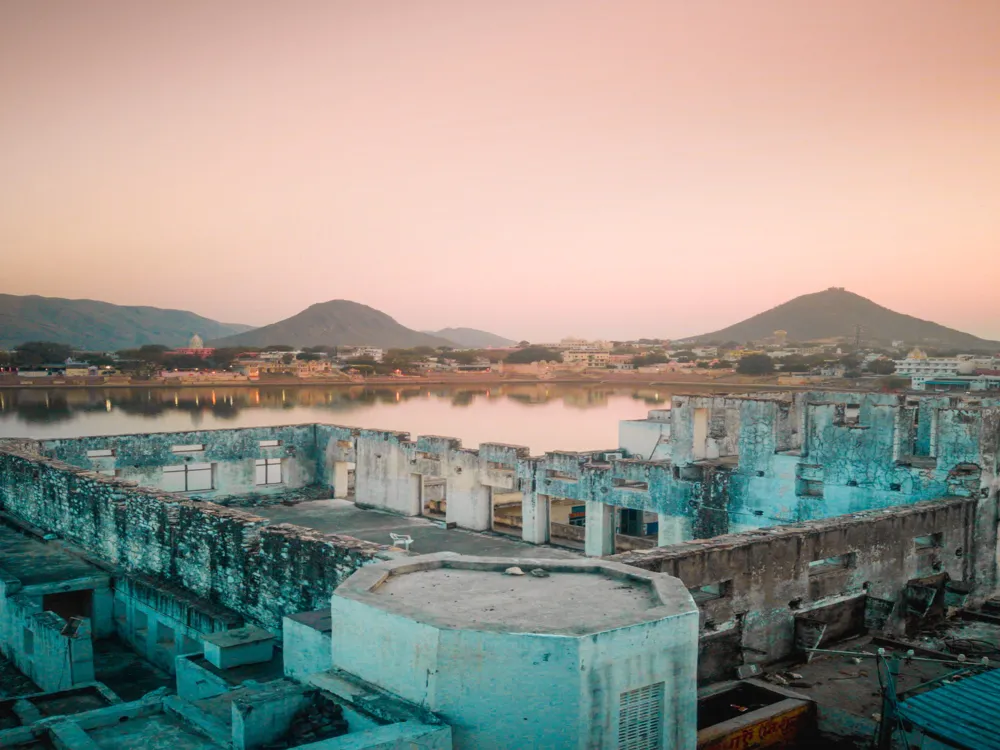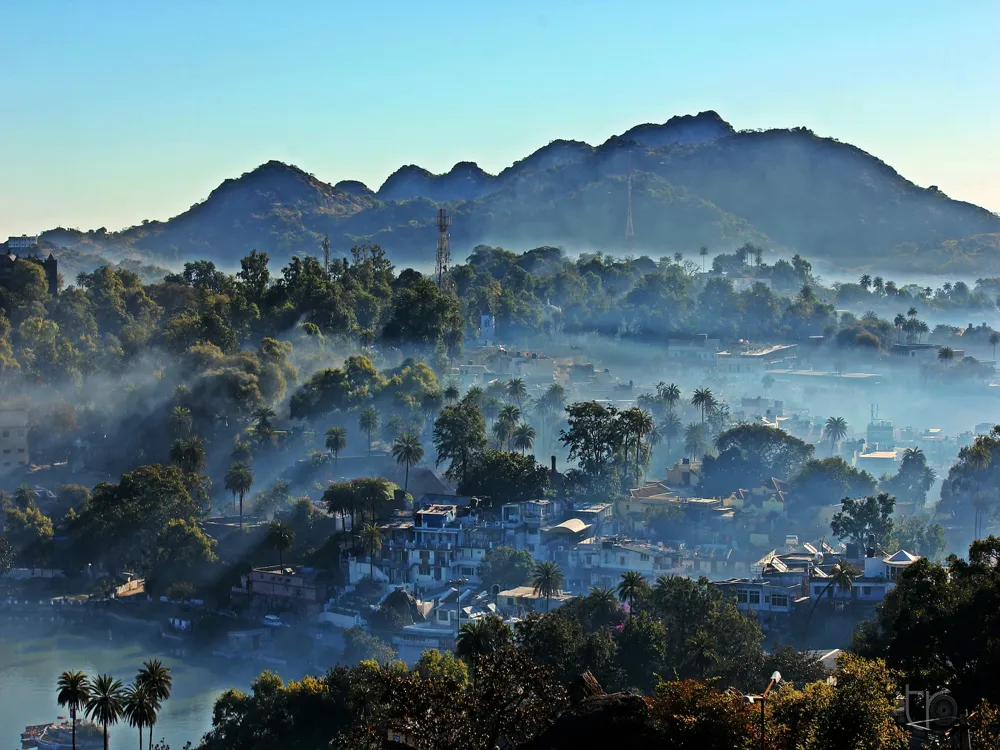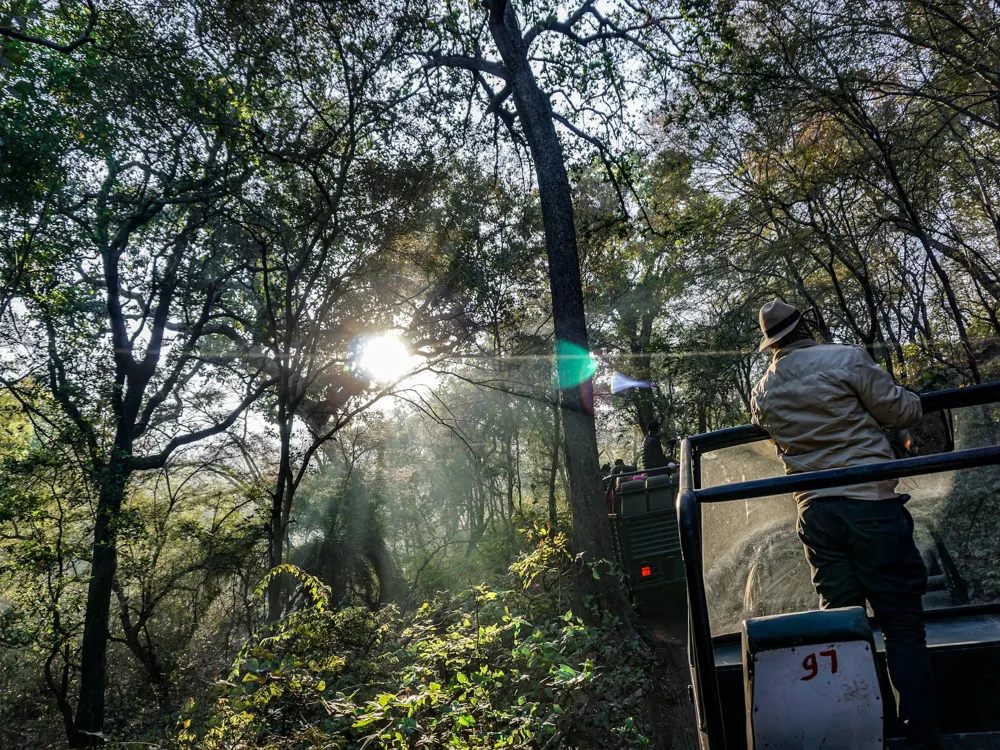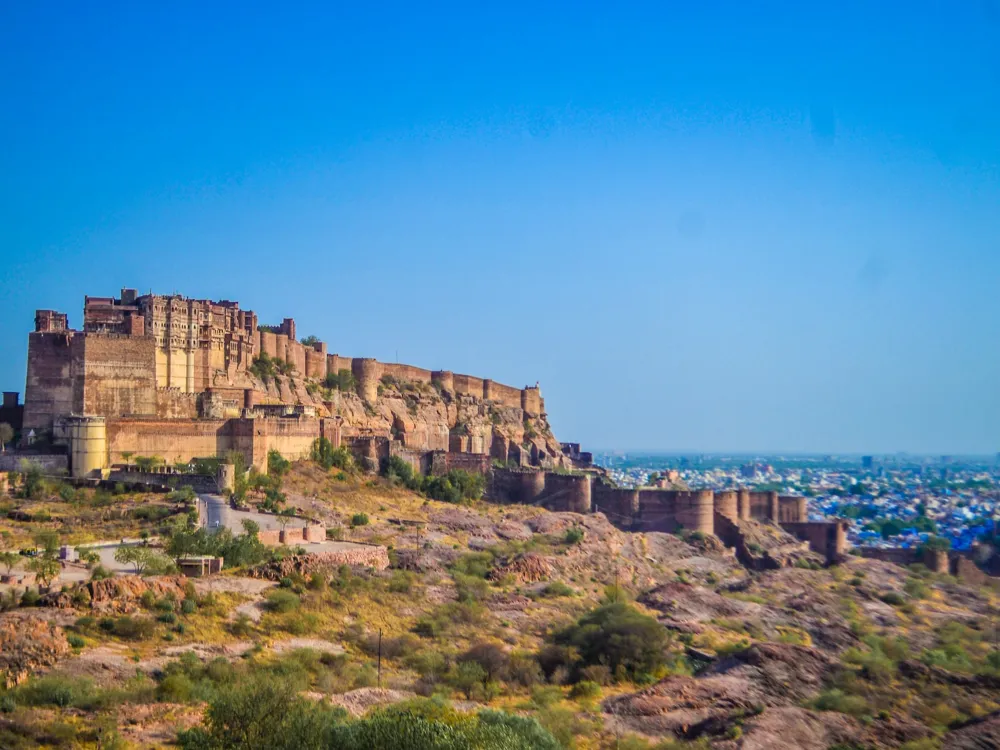Nestled in the heart of Rajasthan, Kishangarh City is a hidden gem with a rich historical tapestry and cultural vibrancy. Known as the marble city of India, Kishangarh, near Ajmer, boasts a legacy that dates back to the 18th century. This city is not just an industrial hub for marble production but also a cradle of art, culture, and architectural marvels. The city's history is intertwined with tales of royalty, valor, and patronage of arts, making it a fascinating destination for history buffs and cultural enthusiasts alike. The most striking aspect of Kishangarh's history is its strong association with the Kishangarh School of Painting, which flourished under the patronage of Maharaja Sawant Singh. These paintings are renowned for their exquisite beauty, delicate brushwork, and intricate detailing, often depicting scenes from Krishna's life, royal portraits, and stunning landscapes. Beyond its artistic heritage, Kishangarh is steeped in architectural wonders. The city's skyline is dominated by the majestic Kishangarh Fort, which stands as a testament to Rajputana grandeur. The fort complex, with its imposing structures and intricate carvings, narrates stories of a glorious past. The city's vibrant bazaars, teeming with colorful handicrafts, fabrics, and local delicacies, offer a glimpse into the everyday life of its people and their enduring traditions. Kishangarh's strategic location near Ajmer makes it an accessible destination for travelers. It serves as a gateway to explore the broader cultural landscape of Rajasthan, including the nearby Ajmer Sharif Dargah and the enchanting city of Pushkar. The blend of historical richness, cultural depth, and scenic beauty makes Kishangarh a must-visit destination in the heart of Rajasthan. The architecture of Kishangarh City is a vibrant tapestry that weaves historical grandeur with artistic finesse. As you walk through the city, you are greeted by an array of structures that display a mix of Rajput, Mughal, and British architectural influences. The city's architectural identity is rooted in its historical significance as a princely state and its cultural affinity with the arts. The crown jewel of Kishangarh's architectural heritage is the Kishangarh Fort. Built in the 17th century, this fort stands tall with its robust walls, intricate jharokhas (overhanging enclosed balconies), and grand gateways. The fort's architecture is a testament to the skill and craftsmanship of Rajput artisans, blending military might with aesthetic beauty. Within the fort complex lies the Phool Mahal (Flower Palace), adorned with delicate frescoes and intricate carvings, reflecting the city's artistic legacy. Another architectural marvel is the Kishangarh Palace, also known as the 'Maharaja's Palace'. This structure showcases a unique blend of Rajput and Mughal architectural styles. The palace's elaborate design, ornate windows, and beautifully landscaped gardens speak volumes of the royal lifestyle and the patronage of arts by the rulers of Kishangarh. Not to be missed is the Roopangarh Fort, a few kilometers from the city center. Initially built as a military stronghold, it later became the royal residence. The fort's massive structure, with its dungeons, armories, and granaries, offers a glimpse into the strategic importance of Kishangarh in the bygone era. The city's architecture also extends to religious structures, such as the nine-century-old Kishangarh Gurdwara and the stunningly crafted temples like the Varaha Temple. These sacred sites are not only places of worship but also epitomes of architectural brilliance, showcasing intricate carvings, gold leaf paintings, and traditional Rajasthani designs. The ideal time to visit Kishangarh is between October and March when the weather is pleasant, making it perfect for exploring the city and its surroundings. Don't miss trying local Rajasthani dishes like Dal Bati Churma, Gatte ki Sabzi, and Ker Sangri. The city's street food, offering Kachoris and Mirchi Bada, is a must-try. Respect local customs and traditions. Dress modestly, especially when visiting religious sites, and always ask for permission before taking photographs. Kishangarh is famous for its marble products, miniature paintings, and textiles. Visit local markets for authentic and reasonably priced handicrafts. Kishangarh is well-connected by road, rail, and air. The nearest airport is in Jaipur, about 135 km away. Regular bus services and taxis link Kishangarh with major cities like Jaipur, Ajmer, and Delhi. Kishangarh also has its own railway station, making it convenient for travelers to reach the city by train. Read More:Overview of Kishangarh City, Ajmer, Rajasthan
Architecture of Kishangarh City
Tips When Visiting Kishangarh City
Best Time to Visit
Local Cuisine
Cultural Etiquette
Shopping Tips
How To Reach Kishangarh City
Kishangarh City
Ajmer
Rajasthan
₹ 9,000 onwards
View ajmer Packages
Weather :
Tags : Historical Site
Founded By : Prince Kishan Singh of Jodhpur
Founded in : 1609 AD
Planning a Trip? Ask Your Question
Ajmer Travel Packages
View All Packages For Ajmer
Top Hotel Collections for Ajmer

Private Pool

Luxury Hotels

5-Star Hotels

Pet Friendly
Top Hotels Near Ajmer
Other Top Ranking Places In Ajmer
View All Places To Visit In ajmer
Faq on Ajmer
What is Kishangarh City famous for?
Kishangarh City is famous for its beautiful marble industry, particularly for its high-quality white marble known as "Kishangarh Marble." It's also renowned for its vibrant art scene, especially the Kishangarh style of painting.
How far is Kishangarh City from Ajmer?
Kishangarh City is approximately 30 kilometers away from Ajmer. It's a short drive of about 45 minutes via NH58.
What are the top tourist attractions in Kishangarh City?
Some of the top tourist attractions in Kishangarh City include the Kishangarh Fort, Phool Mahal Palace, Gundolav Lake, Roopangarh Fort, and the Kishangarh Marble Market.
Is Kishangarh City safe for tourists?
Yes, Kishangarh City is generally safe for tourists. However, as with any travel destination, it's advisable to take common-sense precautions such as safeguarding your belongings and being aware of your surroundings.
What is the best time to visit Kishangarh City?
The best time to visit Kishangarh City is during the winter months, from October to March, when the weather is pleasant and suitable for exploring the city's attractions.
View ajmer Packages
Weather :
Tags : Historical Site
Founded By : Prince Kishan Singh of Jodhpur
Founded in : 1609 AD
Planning a Trip? Ask Your Question
Ajmer Travel Packages
View All Packages For Ajmer
Top Hotel Collections for Ajmer

Private Pool

Luxury Hotels

5-Star Hotels

Pet Friendly
Top Hotels Near Ajmer
Other Top Ranking Places In Ajmer
Faq on Ajmer
What is Kishangarh City famous for?
Kishangarh City is famous for its beautiful marble industry, particularly for its high-quality white marble known as "Kishangarh Marble." It's also renowned for its vibrant art scene, especially the Kishangarh style of painting.
How far is Kishangarh City from Ajmer?
Kishangarh City is approximately 30 kilometers away from Ajmer. It's a short drive of about 45 minutes via NH58.
What are the top tourist attractions in Kishangarh City?
Some of the top tourist attractions in Kishangarh City include the Kishangarh Fort, Phool Mahal Palace, Gundolav Lake, Roopangarh Fort, and the Kishangarh Marble Market.
Is Kishangarh City safe for tourists?
Yes, Kishangarh City is generally safe for tourists. However, as with any travel destination, it's advisable to take common-sense precautions such as safeguarding your belongings and being aware of your surroundings.
What is the best time to visit Kishangarh City?
The best time to visit Kishangarh City is during the winter months, from October to March, when the weather is pleasant and suitable for exploring the city's attractions.







